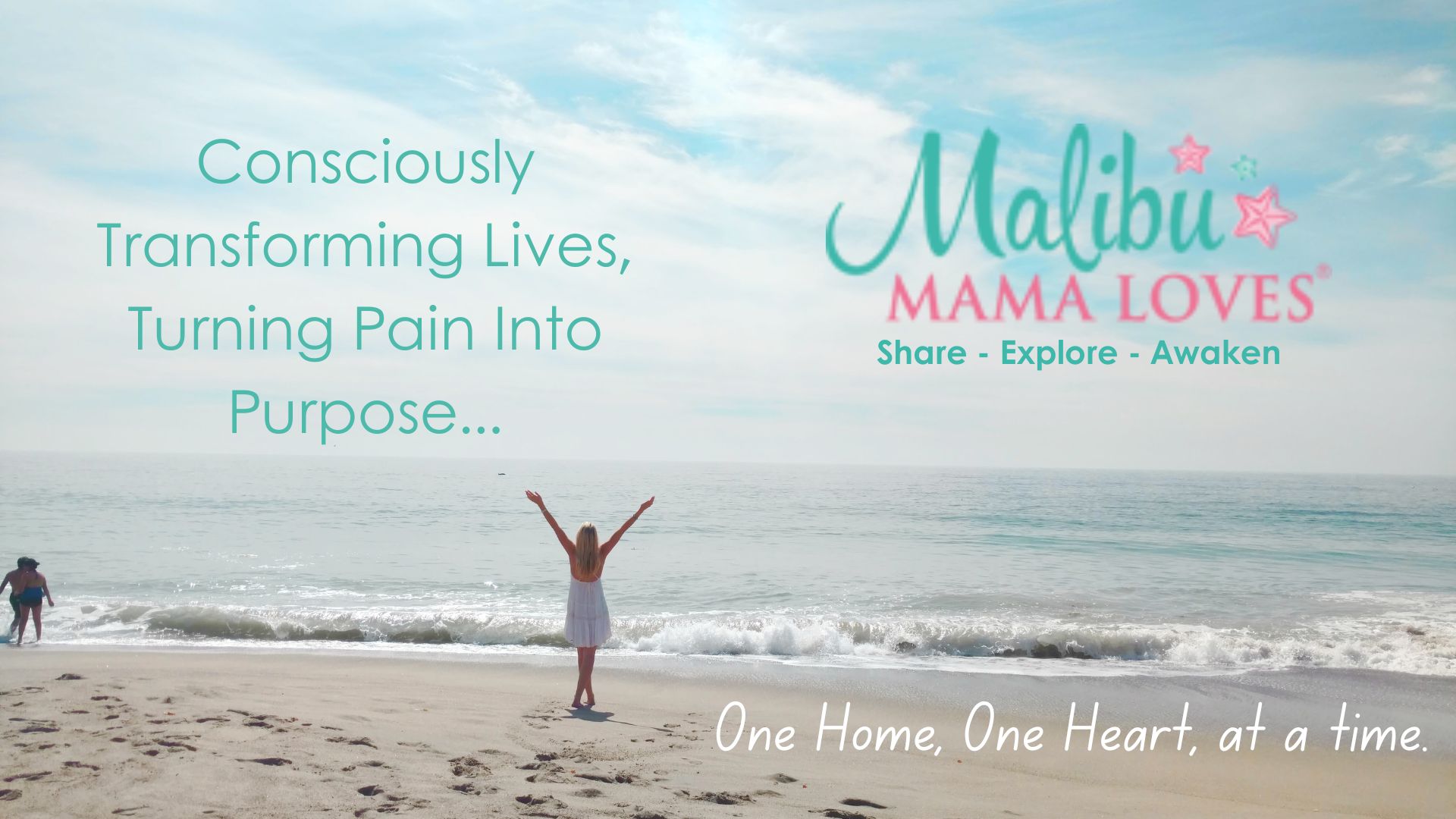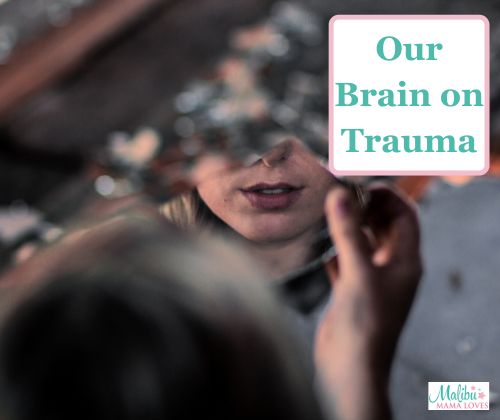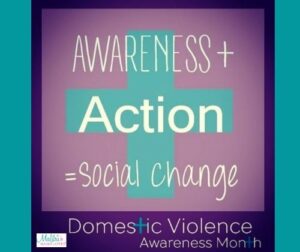The Brain On Trauma
Most people do not realize just how much the brain and body changes during and after any type of trauma. From car accidents, natural disasters, domestic violence, combat, sexual assault to child abuse and everything in between, trauma can leave you feeling lost, alone, empty, scared and totally confused.
Trauma is defined as any negative experience that causes us to change our perception of our world from good to bad. It is a normal reaction to an abnormal situation that diminishes our ability to manage regular day to day problems creating a total breakdown of one’s characteristics, habits and lifestyles.
This happens because every cell in our body records everything that happens to us. It stores the memory in a neuropathway which has the opportunity to be reactivated at any time both good and bad. Sometimes these pathways are short term, giving one disruptive dreams and moods that disappear after a few weeks. Other times, the pathways evolve into symptoms that impair common functions and present in ways that interfere with relationships and jobs.
The trickiest part for survivors is identifying and understanding all of the changes that occur in the brain during the trauma. But let’s slow down a bit… keep reading to learn what actually happens to our brain on trauma.
Breaking Down Our Brain
I like to use the Triune Brain model to explain the 3 main parts of the brain:
- Reptilian (brain stem): innermost part of the brain responsible for survival instincts and all autonomic body processes.
- Mamalian (midbrain): processes emotions and conveys sensory relays.
- Neommalian (forebrain): most highly evolved part controlling cognitive processes, decision-making, learning, memory and inhibitory functions.
So when trauma happens, our reptilian brain takes over shifting us into reactive/protective/survival mode, signaling our body (our sympathetic nervous system) to increase stress hormones and prepare the body for fight, flight, freeze or fawn mode. It shuts down all non-essential body/mind processes and removes the ability to make good choices.
Now in a normal situation, when the threat is over, our parasympathetic nervous system takes over and shifts the body back into restorative mode reducing the stress hormones allowing the brain to go back to normal.
However, in some people, they are unable to switch back into restorative mode, getting trapped in survival mode. This is where limiting beliefs are formed and people can get stuck for years.
Our Brain On Trauma
Research has shown us that after trauma our brains do undergo biological changes that would not have happened had their been no trauma. There are 3 main changes that have been identified at this point. They are:
- An overstimulated amygdala. Our amygdala is responsible for survival-related threat identification as well as tagging memories with emotion. It is an almond shaped mass located deep in the reptilian brain section. After trauma it can get caught in a loop during which it looks for and believes that there are threats everywhere and keeps us in a hypervigilant state.
- An underactive hippocampus. Located deep in the temporal lobe, it plays a major part of learning, understanding and memory. Trauma causes our brain to produce more stress hormones, one of which is glucocorticoid which kills the cells in the hippocampus rendering it ineffective in receiving the message that the threat is no longer present. It locks us into thinking we are still under threat keeping us in survival mode.
- Ineffective variability. The sympathetic nervous system continues to be highly activated flushing our system with elevated amounts of stress hormones that interfere with the body’s ability to regulate itself. This leads to fatigue and major problems for the body.
As you can see, the problem is NOT that the survivor just needs to get over it but that they need time, help and opportunity to understand their own path to healing. Many confusing symptoms start to appear subconsciously, and it can take years to understand and rewrite these neuropathways.
The good news is that it can happen with time and hard work. You can read more about that here.
If you feel stuck from past trauma and are ready to learn more – take 3 minutes to take my FREE Do I Have Unhealed Trauma Quiz. It is quick and easy and very informative. Drop me a line after and let me know how you did and how I can help you turn your pain into purpose – click here.
Cheers,
Malibu Mama Loves Xx



 Hi There! Let's Share ✩ Explore ✩ Awaken together! I’m a Mama, published author, biohacker, and trauma-informed life coach raising conscious kids who truly appreciate our world through travel. Welcome to the Malibu Mama Loves Conscious Living Lifestyle!
Hi There! Let's Share ✩ Explore ✩ Awaken together! I’m a Mama, published author, biohacker, and trauma-informed life coach raising conscious kids who truly appreciate our world through travel. Welcome to the Malibu Mama Loves Conscious Living Lifestyle!




 Ready To Turn Your Trauma Pain Into Purpose? Join Our FREE Masterclass Click
Ready To Turn Your Trauma Pain Into Purpose? Join Our FREE Masterclass Click 


